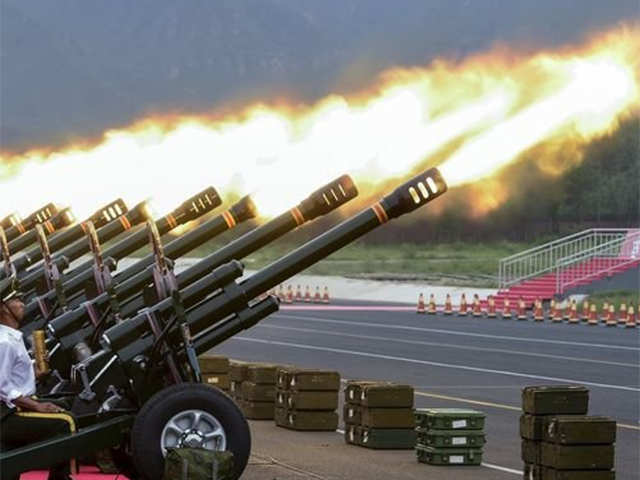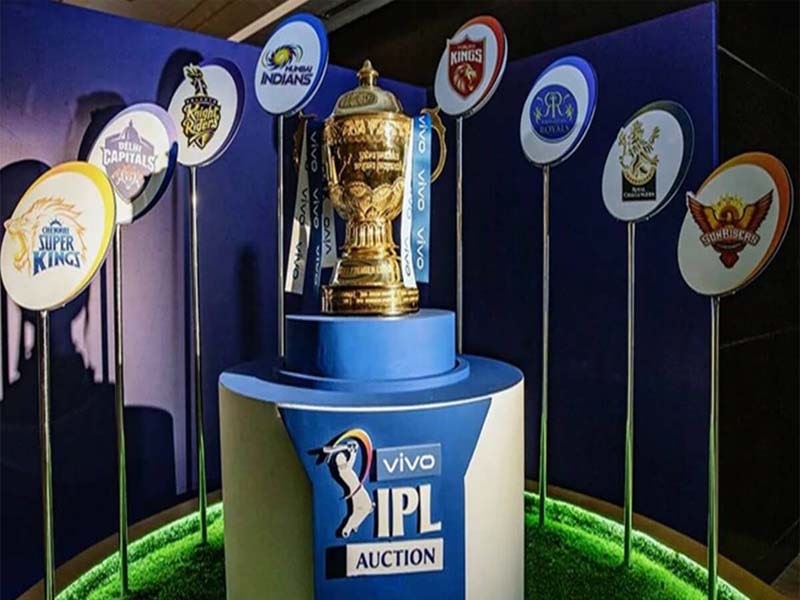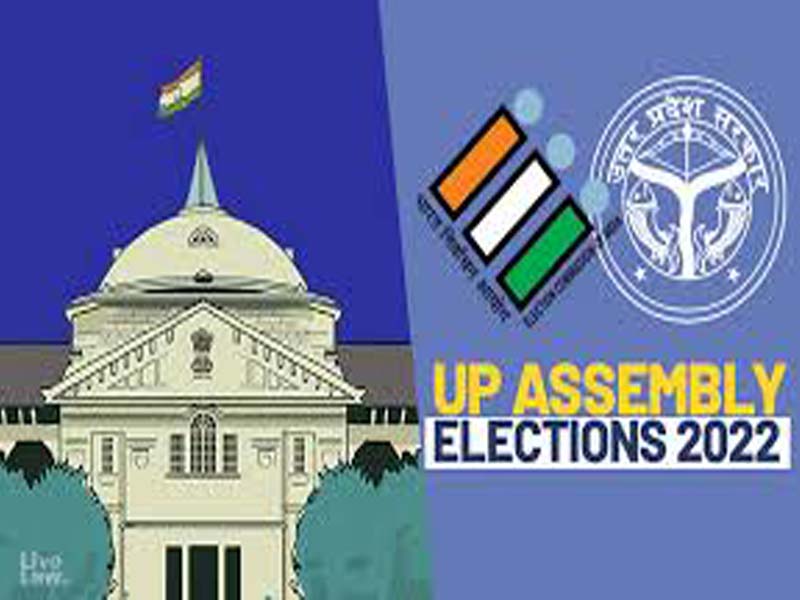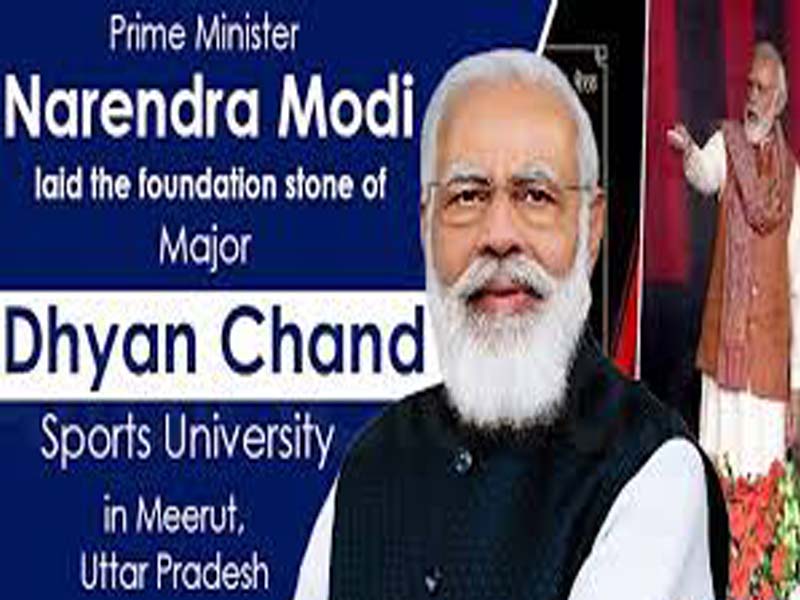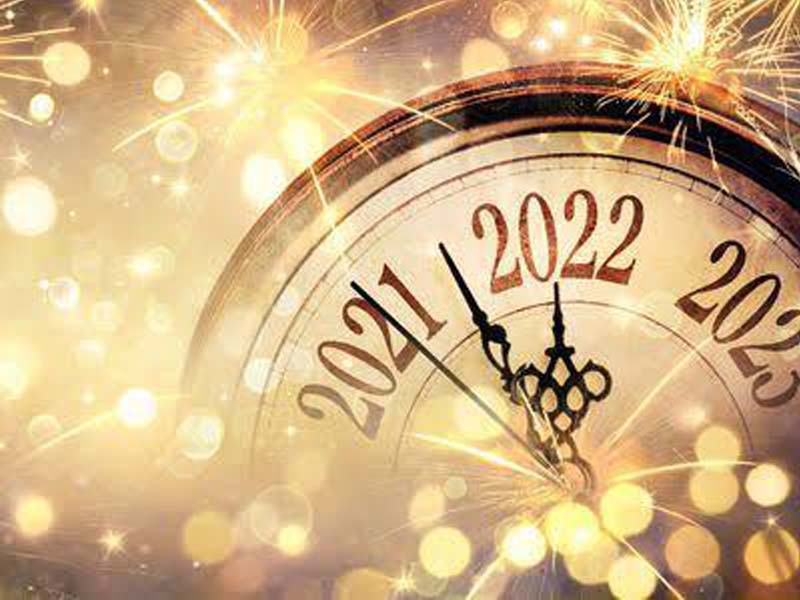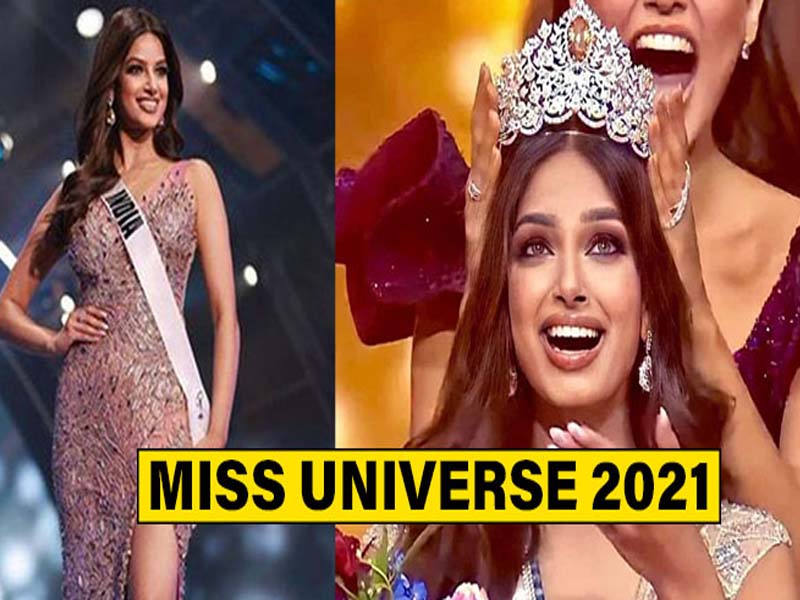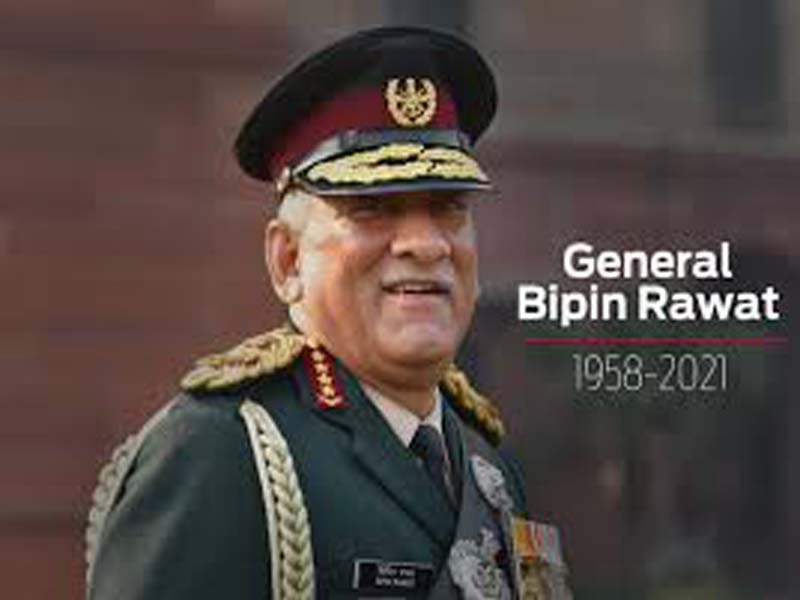Gun-salute history in India
(By Manasi Agarwal)
The CDS Gen. Bipin Rawat was accorded a 17-gun salute at the time of his last rites in New Delhi on 10 December 2021. The custom of the gun salute originates from naval tradition in the 16th century, when a warship entering a foreign port would fire each of its cannons while still out of range of targets. The cannons in that period required a considerable time to reload, the ship was effectively disarmed, signifying the lack of hostile intent. In the earliest days, seven guns were the recognized British national salute because seven was the standard number of weapons on a vessel. In those days, gunpowder made from sodium nitrate was easier to keep on dry land than at sea. The early regulations stated that although a ship would fire only seven guns, the forts ashore would fire three shots to each one-shot afloat, hence the number came to 21. Odd numbers were chosen, as even numbers indicated a death.
A 21-gun salute was the most commonly recognized of the customary gun salutes that were performed as an honor. The number of rounds fired in any given salute varied depending on the particular occasion and, in the case of military and state funerals, the branch of service, and rank (or office) of the person to whom honors were being rendered. During the British Raj, India developed a formal hierarchical system of gun salutes. At the time of independence in 1947, the hierarchy of salutes within British India stood as follows:
- Imperial Salute (101): The King-Emperor of India.
- Royal Salute (31):
The Queen-Empress and the Members of the Royal Family.
The Viceroy and Governor-General of India. - 21-Gun Salute:
Head of State.
Foreign Sovereigns and their Families. - 19-Gun-Salute:
Heads of government.
Governor-General of Portuguese India.
Ambassadors
Commander-in-Chief (holding the rank of Field Marshal) - 17-Gun Salute:
Governors of Bombay, Madras and Bengal Presidencies.
Governors of Provinces.
Governor of French India.
Commander-in Chief (holding the rank of General)
Admiral, Generals and Air Chief Marshals. - 15, 13, 11 & 9-Gun Salutes were given to other different categories according to their status. The 9-Gun Salute was rendered to the Governor of Daman and Governor of Diu (the Portuguese colonies).
- Gun-Salutes to Indian Princely States:
A salute state was a princely state under the British Raj that had been granted a gun salute by the British Crown, a privilege for its ruler to be greeted—originally by Royal Navy ships, later also on land-with a number of consecutive cannon shots from 3 to 21, according to state’s relative status. The gun-salute system of recognition was first instituted during the time of the East India Company in the late 18th century and was continued under the Crown rule from 1858. The number of these consecutive “gun salutes” changed from time to time, on the degree of honour which the British chose to accord to a given ruler. The number of gun salutes accorded to a ruler was usually a reflection of the state of his relations with the British and/or his perceived degree of political power. A 21-gun salute was considered the highest. The number of guns in a salute assumed particular importance at the time of holding of the Coronation Durbar in Delhi in December 1911. The Durbar was held to commemorate the Coronation of King George V with guns firing almost all day. At that time there were 3 Princely States that were given 21 gun salutes.
• The Maharaja Gaekwad of Baroda State.
• The Maharaja of Mysore.
• The Nizam of Hyderabad
The Maharaja Scindia of Gwalior was upgraded to a permanent and hereditary 21-gun salute in 1917, and the Maharaja of Jammu and Kashmir was granted the same in 1921. Both were granted the increased ranks as a result of the meritorious services of their soldiers in the First World War.
Apart from these, no other Princely State received a 21-gun salute. Three of the most prominent princes, however, enjoyed a local salute of 21 guns within the limits of their own state and 19 guns in the rest of India. They were the Nawab (Begum) of Bhopal, the Maharaja Holkar of Indore and the Maharana of Udaipur. Salute of guns was a protocol that was strictly adhered to.
At the time of Indian independence and partition in 1947, 118 (113 in India, 4 in Pakistan and Sikkim) of the 565 princely states were classified as “salute states.”
• The rulers of the five premier states – Hyderabad State, Mysore, Baroda, Jammu & Kashmir, and Gwalior – received 21-gun salutes.
• The rulers of six others – Bhopal, Indore, Udaipur, Kolhapur, Travancore, and Kalat – received 19-gun salutes, with Bhopal, Indore and Udaipur entitled to a local 21-gun salute.
• 88 were entitled to gun salutes ranging from 17 to 11 guns, with additional gun-salutes granted on a local or personal basis.
• The remaining 23 received a salute of nine guns.
• Rulers with gun salutes of 11 guns or above, whether the salute was hereditary or local only, were entitled to the style of Highness.
• The Nizam of Hyderabad was granted the unique style of Exalted Highness in 1918, in recognition of contributions to the Allied war during the First World War.
• In 1948, all rulers of nine-gun salute states were also granted the style of Highness.
Between August 1947 and March 1948, thirteen Muslim princely states in western India acceded to the new Dominion of Pakistan. The states retained internal autonomy so long as they existed, but all had lost this by 1974. The styles and titles enjoyed by the former ruling families ceased to be officially recognised by the Government of Pakistan, mostly in January 1972, with the exception of the small states of Hunza and Nagar, which were merged into Pakistan in 1974. - Personal salutes in India
• 9 guns: Padam Singh, Raja of Bashahr (Himachal Pradesh)
• 11 guns: the Aga Khan (religious leader of the Nizari Ismaili branch of Islam). Salute was personal not attached to any territorial principality.
• 19 guns (only personal and local) for the Nawab of Murshidabad, as heirs of greater Bengal.
• 15 guns (until 1899) for the Prince of Arcot.
• 13 guns salute for Raja of Vizianagram.
The system of gun salutes continued in the Republic of India until 1971 and came to an end after abolition of privy purses. It finally ended all the entitlements and special status of former rulers, thus turning them into ordinary citizens equal to other Indians, with no official recognition of their former ruling titles, special status, etc.

